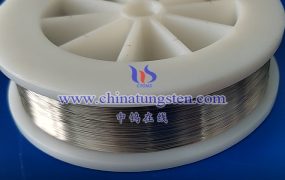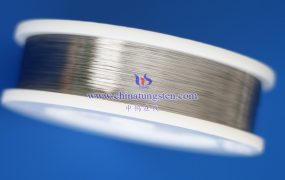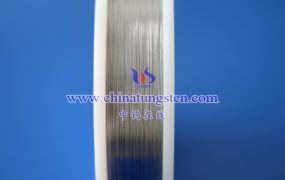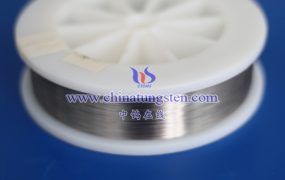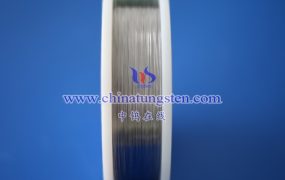The elongation of tungsten wire (sometimes also called elongation) is an important indicator to measure its plastic deformation ability, which is usually tested by standard tensile test. The following are the detailed steps and precautions for testing the elongation of tungsten wire:
- Test steps
Prepare the sample:
Select tungsten wire samples that meet the requirements and ensure that the surface of the sample is smooth and free of defects.
Determine the length (L0) and diameter of the sample according to the test standard or actual needs.
Install the sample:
Fix the tungsten wire sample on the clamping device of the tensile tester to ensure that both ends of the sample are not constrained and are firmly clamped.
For extremely fine tungsten wire, special clamping devices or methods may be required to avoid sample breakage due to improper clamping during the test.
Set parameters:
Set the tensile speed, sampling frequency and other parameters of the tensile tester according to the test standard or actual needs.
Ensure that the testing machine can accurately record the force and deformation data during the stretching process.
Conduct a tensile test:
Start the tensile testing machine and begin to apply a tensile load.
Gradually increase the load until the tungsten wire breaks. During this process, the test machine will record the tensile force and the elongation of the specimen.
Record and analyze data:
Record the length before and after the break (L1), and calculate the elongation (ΔL = L1 – L0).
Calculate the elongation based on the elongation and the original length (ε = ΔL / L0 × 100%).
Analyze the elongation data to evaluate the plastic deformation capacity of the tungsten wire.
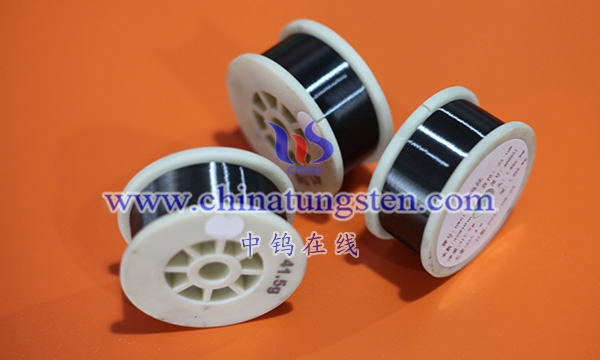
- Precautions
Sample preparation: Ensure that the sample surface is smooth and free of defects to avoid affecting the test results due to problems with the sample itself.
Clamping device: Select a suitable clamping device and method to ensure that the sample will not break due to improper clamping during the test. For extremely fine tungsten wires, it may be necessary to use pneumatic clamps or paper frame pasting methods for clamping.
Test speed: The selection of the tensile speed should be determined based on the material properties of the tungsten wire and the test requirements. Too fast a stretching speed may cause the specimen to break in the elastic stage and fail to fully demonstrate its plastic deformation capacity.
Data recording and analysis: Ensure accurate recording of force and deformation data during the stretching process, and perform correct calculations and analysis. At the same time, attention should be paid to the repeatability and reliability of the data to evaluate the accuracy of the test results.
More details of tungsten wires, please visit website: http://tungsten.com.cn/tungsten-wires.html
Please contact CHINATUNGSTEN for inquiry and order of tungsten needles:
Email: sales@chinatungsten.com
Tel.: +86 592 5129595

